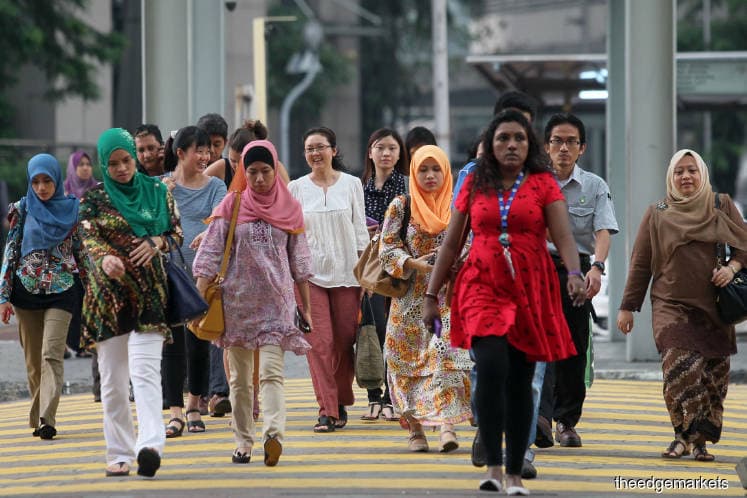
KUALA LUMPUR (April 3): Amid the Covid-19 pandemic this year, Malaysia's unemployment rate is expected to shoot up to 4% this year, from 3.3% in 2019, said Bank Negara Malaysia (BNM).
Labour market conditions, in general, are expected to be weak this year, affected by the Covid-19 pandemic.
“We expect the labour market to be considerably weaker and the unemployment rate to increase to about 4% in 2020.
“In comparison, during the global financial crisis, our unemployment rate was at 3.7% in 2009, while during the Asian financial crisis in 1998, the unemployment rate was at 3.2%,” BNM assistant governor Marzunisham Omar told a virtual press conference today.
However, he reiterated that the stimulus package introduced by the government may partially offset the impact as the booster shot was intended to assist the workers, households and businesses to go through this difficult period.
“[Through the measures implemented by the government,] we want to avoid a permanent impact on businesses and workers. This way, once Covid-19 is controlled, business activity can be resumed. The [faster] we contain the outbreak, the [faster] we can help businesses to resume operations and [rehire] workers. This will help the labour market to recover faster,” he added.
The unemployment rate has been stable at around 3.3% to 3.4% during the last four years, from 2016 to 2019.
Last year, Malaysia’s employment grew by 2.1%, compared with 2.5% in 2018, mainly driven by the services sector, followed by the manufacturing and agriculture sectors. The growth translated to an additional employment gain of 316,000 persons, according to BNM’s Economic and Monetary Review 2019 report.
Meanwhile, retrenchments rose to 29,605 persons per annum, compared to 23,168 persons in 2018. Overall, the unemployment rate remained stable at 3.3% in 2019.
Despite being softer than the year before, the central bank said the labour market conditions remained supportive of growth in 2019.
From a skill-level perspective, the employment growth in 2019 was mainly driven by high and low-skilled workers, which grew by 3.9% and 6.5% respectively.
“Mid-skilled workers continued to account for the largest share of total employed persons at 59.5% (2018: 60.4%), followed by high-skilled workers at 27.6% (2018: 27.2%),” it added.
For more stories on BNM's annual report, click here.